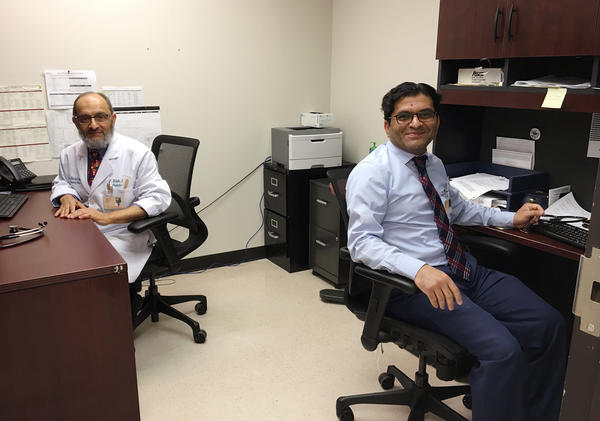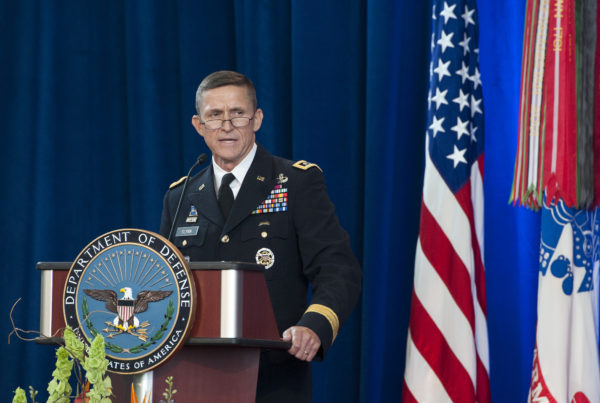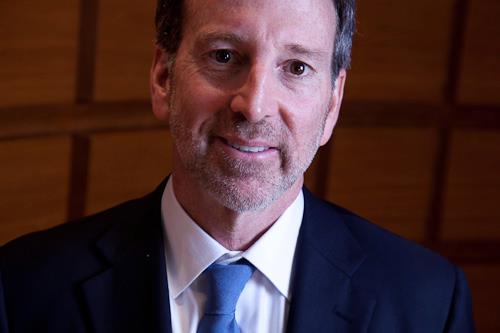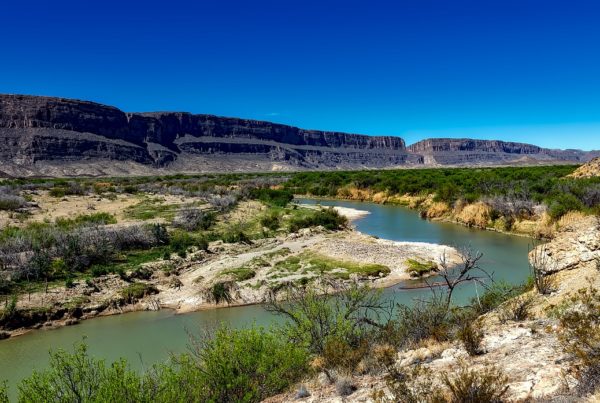From KERA Breakthroughs:
Patients in Alexandria, La., were the friendliest people Dr. Muhammad Tauseef ever worked with. They’d drive long distances to see him, and often bring gifts.
“It’s a small town, so they will sometimes bring you chickens, bring you eggs, bring you homemade cakes,” he says.
One woman even brought him a puppy.
“That was really nice,” he says.
Tauseef was born and raised in Pakistan. After going to medical school there, he applied to come to the U.S. to train as a pediatrician.
It’s a path thousands of foreign-born medical students follow every year — a path that’s been around for more than half a century. And, like most foreign-born physicians, Tauseef came on a J1 visa. That meant after training he had two options: return to Pakistan or work for three years in an area the U.S. government has identified as having a provider shortage.
He chose to work with mostly uninsured kids at a pediatric practice in Alexandria. “That was a challenge,” he says. “But it was rewarding as well because you are taking care of people who there aren’t many to take care for.”
And the U.S. medical system depends on doctors like Tauseef, says Dr. Andrew Gurman, president of the American Medical Association. He worries that if President Trump’s executive order on immigration takes effect, it will mean parts of the country that desperately need medical care may not have a doctor.
















